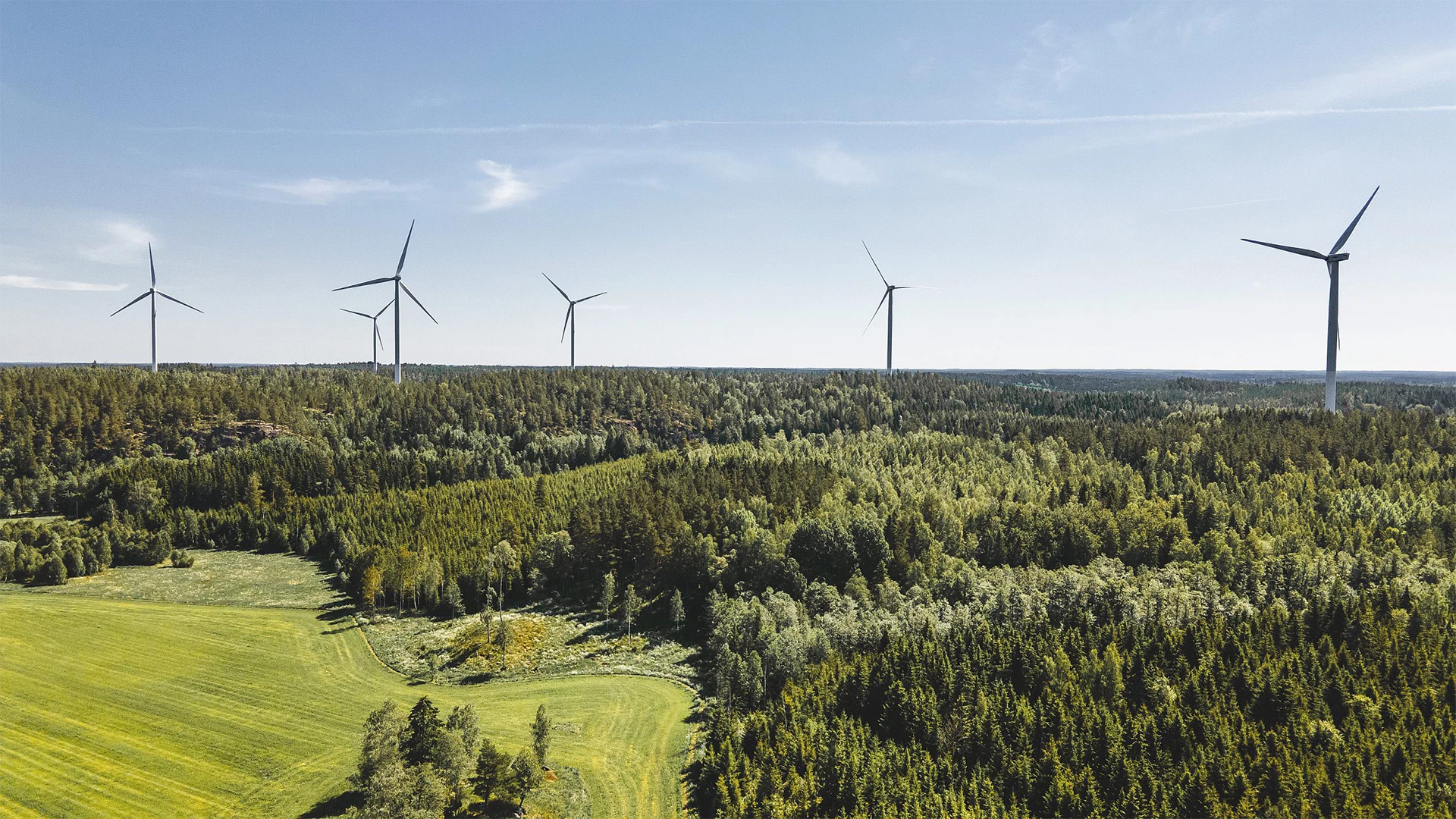
- Name:
- Juho Kostiainen
- Title:
- Nordea Economist
Finland’s investments in the green transition continue, with more money pouring into low-emission industrial production and electric transportation, in addition to wind power. As imported electricity and fossil fuels are replaced with domestic electricity, the effect of external energy shocks on the Finnish economy will be mitigated and the amount of value added in Finland will increase.

Investment in the green transition has taken a big leap forward in recent years. More than 3 billion euros of investments in wind power were completed last year and about two billions’ worth will be completed this year in addition to the launch of the new nuclear power plant. As a result, this summer Finland achieved self-sufficiency in electricity generation on a monthly level for the first time in nearly two decades. Moreover, the electricity output will continue to grow since a number of offshore wind power projects are also being launched to supplement onshore capacity. Emission-free and cheap electricity and power distribution networks in Finland have begun to attract numerous foreign investment projects that are reliant on these.
In fact, the first green hydrogen production facilities are already being built. Finland has a favourable environment for the production of green hydrogen because, in addition to the supply of clean and cheap electricity, the heat generated in production can be used for district heating. Meanwhile, green hydrogen can be used to replace fossil energy, for example in the oil refining or steel industries. Hydrogen can also be refined into synthetic fuels, such as methane or ammonia for heavy transports.
The electrification of industry is already underway on a broader scale, as current heating and power plants using fossil fuels are being replaced with electric boilers or bioenergy plants, for which the high cost of emission allowances has created financial incentives. Finland will enjoy a competitive advantage in the manufacture of batteries as well, a potential that has so far gone largely untapped.

Investments aiming at cutting emissions are often also lucrative.
The green investment figures published on the Data Dashboard of the Confederation of Finnish Industries (EK) include a total of 2 billion euros in green investments to be completed in 2024 and as much as 4 billion euros to be completed in 2025, which do not include onshore wind power investments. In total, the Data Dashboard records projects worth up to 140 billion euros, which reflects the enormous interest in green investments, of which only a fraction will nonetheless be realised.
Green investments will not only create jobs in Finland during the construction stage, but also increase the amount of value added in the country after their completion. A premium is paid on the market for low-emission products, which increases the value added in Finland. Investments in the green transition are often lucrative and end up paying off in the form of lower energy costs or better selling prices.
Finland’s net imports of electricity have been worth about 500 million euros annually, and they spiked to as much as 2 billion euros in 2022, when electricity prices were high. Self-sufficiency in electricity will decrease imports and result in the money spent on electricity remaining in Finland. However, low-wind days and potential problems with domestic supply or transmission will raise the price of electricity, so the decrease in exports won’t remove price volatility entirely.
Net total energy imports have amounted to 5 billion euros annually, with the majority consisting of oil products. The electrification of transportation will decrease oil imports, which will be replaced by electricity generated in Finland. The electrification of passenger cars is a major investment that will be partly paid for by households. However, for those who drive a lot, an investment in an electric vehicle will pay off in the long run because of its cheaper operating costs.
This article originally appeared in the Nordea Economic Outlook: Not there yet, published on 6 September 2023. Read more from the latest Nordea Economic Outlook.


Sustainability
Amid geopolitical tensions and fractured global cooperation, Nordic companies are not retreating from their climate ambitions. Our Equities ESG Research team’s annual review shows stronger commitments and measurable progress on emissions reductions.
Read more
Sector insights
As Europe shifts towards strategic autonomy in critical resources, Nordic companies are uniquely positioned to lead. Learn how Nordic companies stand to gain in this new era of managed openness and resource security.
Read more
Open banking
The financial industry is right now in the middle of a paradigm shift as real-time payments become the norm rather than the exception. At the heart of this transformation are banking APIs (application programming interfaces) that enable instant, secure and programmable money movement.
Read more